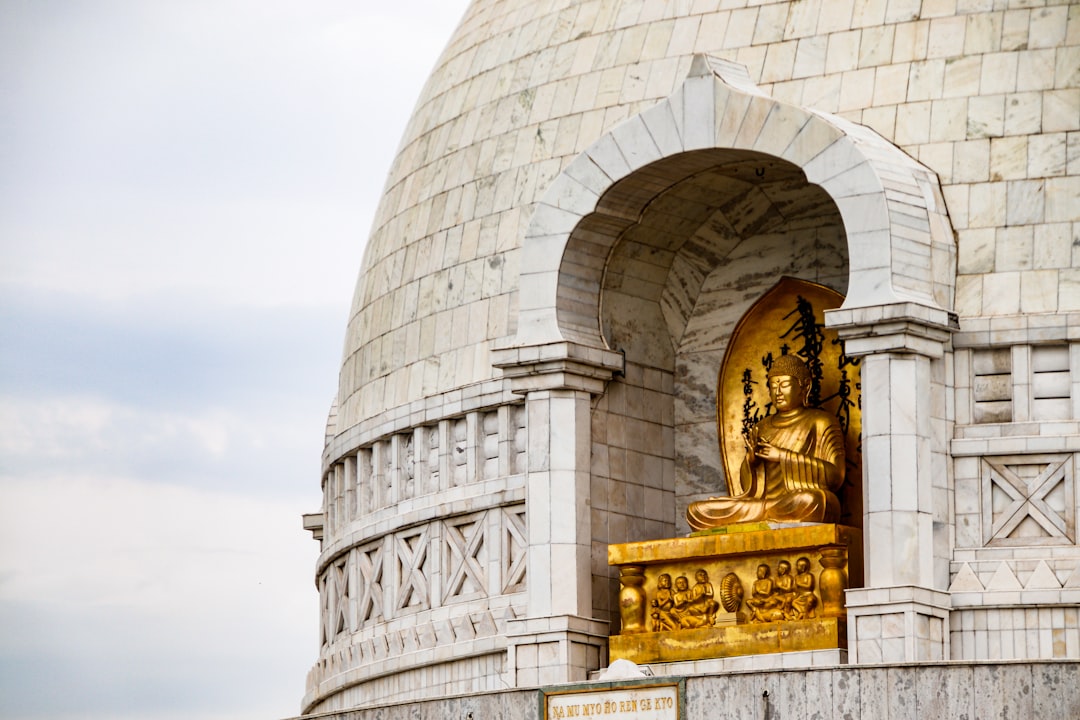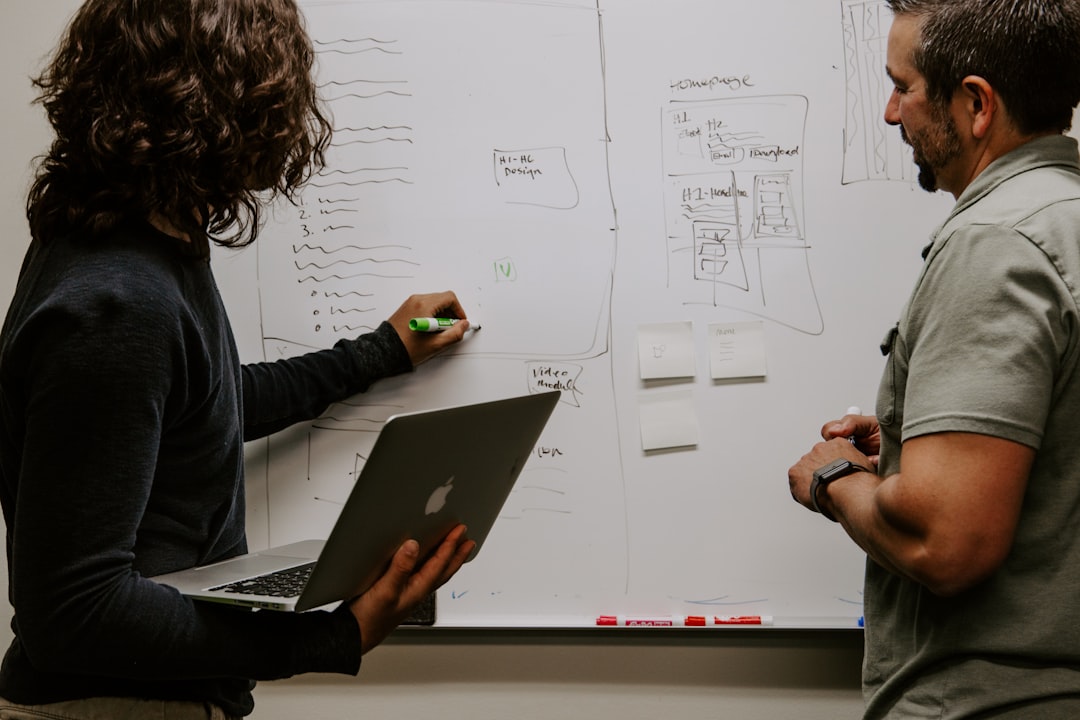What is it about?
In these last four decades or so, adolescence became understood as the time when young people ask fundamental questions about themselves, each other, the world, and one’s past, present and future life that seek unity of purpose and coherence. For most young people the digital media are popular modalities through which they seek, consciously or unconsciously, meaningful answers to such questions. Multimodal spaces are sites for adolescent identity construction, a reality that prompted media educators to focus more on youth as authors of multimodal productions that provide opportunities to create narratives of self. RE has been increasingly justified by the support it provides students to become subjects of life, and the potential to provide opportunities for meaning-making. This essay explores how these functions of RE become more possible through the creative pedagogy of MLE and the digital technologies it utilizes for storytelling, especially photography and film-making which can engage the processes of interpretation and meaning-making, imagination and critical reflection. The creativity of MLE can be positively utilized in RE for meaning-making and identity formation. This paper draws upon the Maltese context in which RE is more of a confessional nature (CRE). This model could significantly benefit from such an endeavour.
Featured Image

Photo by Thomas Park on Unsplash
Why is it important?
This paper can motivate other religious and media educators to find creative ways how to make Religious and Media Education more relevant through facilitating spaces for students to share and reflect on their life experiences.
Read the Original
This page is a summary of: Nurturing identity formation in adolescence through narrative learning: a dialogue between the pedagogies of media literacy and religious education, British Journal of Religious Education, July 2018, Taylor & Francis,
DOI: 10.1080/01416200.2018.1484696.
You can read the full text:
Contributors
The following have contributed to this page










